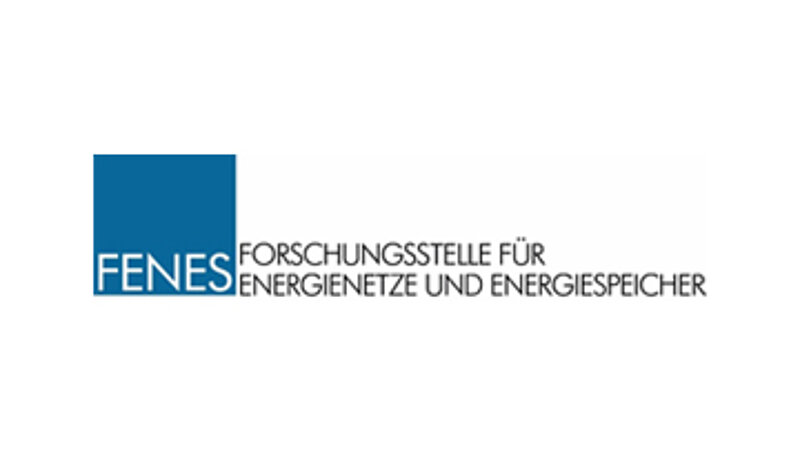-
The expansion of renewable energy does not have to wait for electricity storage.
In the next 10 to 20 years the flexibility required in the power system can be provided for by other, more cost-effective technologies such as flexible power plants, demand side management. New storage is required only at very high shares of renewable energies.
-
The market for new storage technologies will grow dynamically.
New markets for battery storage and power to gas technologies are expected to emerge, especially in the transport and chemical sector. Storage developed in these sectors can enable further flexibility for the electricity system as an additional service. Research and development as well as market incentive programs should maximize the system-supporting contribution of new storage technologies.
-
Storage must receive equal access to markets for flexibility.
Storage can already today deliver several ancillary services at competitive costs. Flexibility markets – such as the ancillary services or future capacity markets – should therefore be designed such that they are technology-neutral.
-
Storage should become a tool in the toolbox of distribution system operators.
In specific cases, storage that is used to support a grid can help to avoid grid expansion in the low-voltage distribution grid. The regulatory framework should enable such cost-efficient decisions.
This content is also available in: German
Electricity storage in the German energy transition
Analysis of the storage required in the power market, ancillary services market and the distribution grid
Key findings
Bibliographical data
Downloads
-
pdf 746 KB
Electricity Storage in the German Energy Transition
Analysis of the Storage Required in the Power Market, Ancillary Services Market and the Distribution Grid




